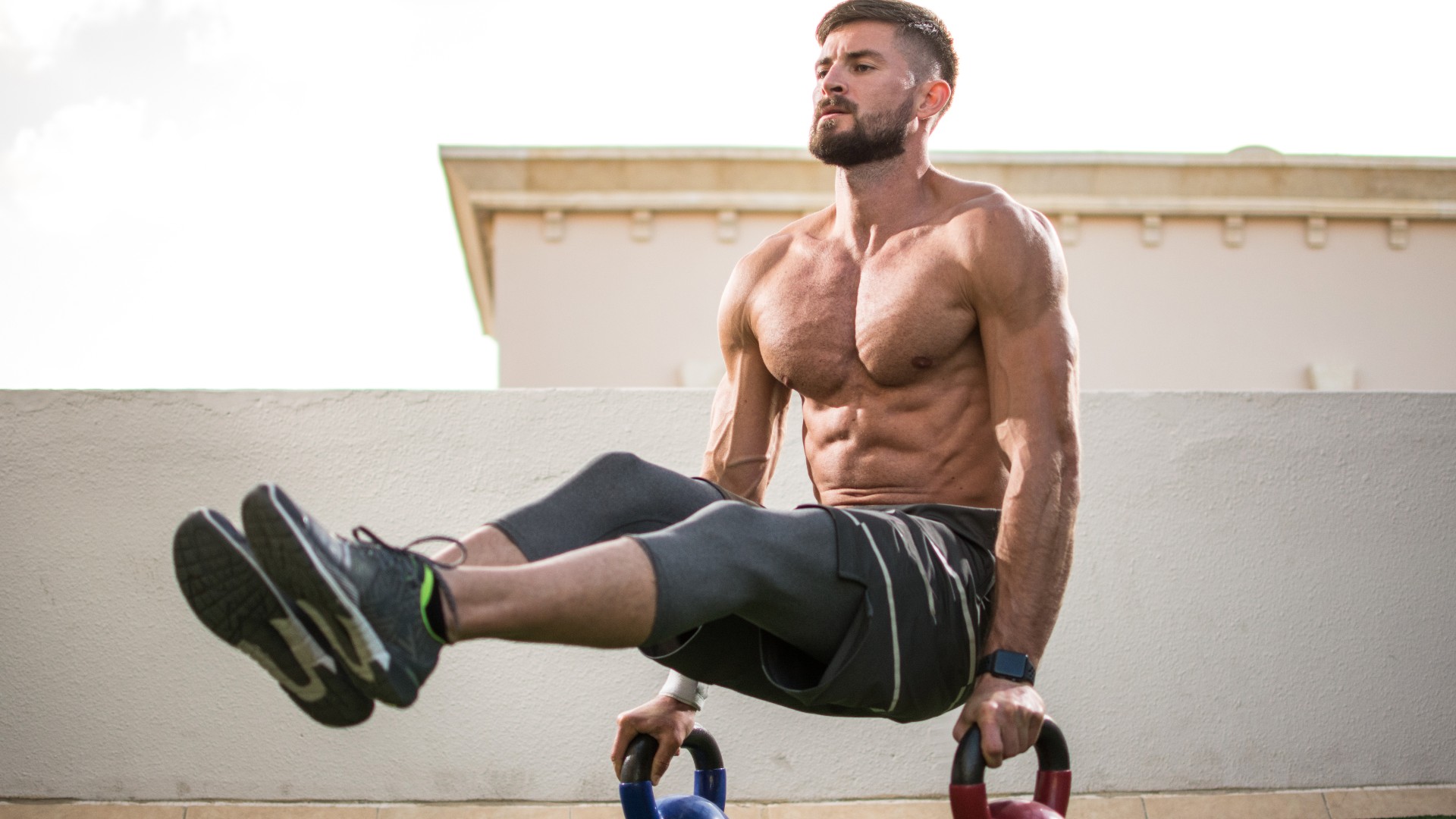
You could be learning the best calisthenics for beginners or just prefer bodyweight training as a whole, but either way, these five calisthenics exercises help sculpt and shape sizzling shoulder definition and build upper body strength without weights.
Yep, even the best adjustable dumbbells, barbells, or kettlebells can be set aside for now. Calisthenics means strength training using only your body weight — maybe adding some push-up or pull-up bars, the stairs or your surroundings to make bodyweight exercises harder. The workout style is popular among casual gym-goers and professional athletes for building functional strength, muscle, mobility and coordination, strengthening your bones, joints and muscles.
Below, we cover how to start calisthenics training and list five of the best calisthenics exercises to sculpt and shape shoulder muscles without lifting heavy weights. Here they are, and a few tips for progressing them.
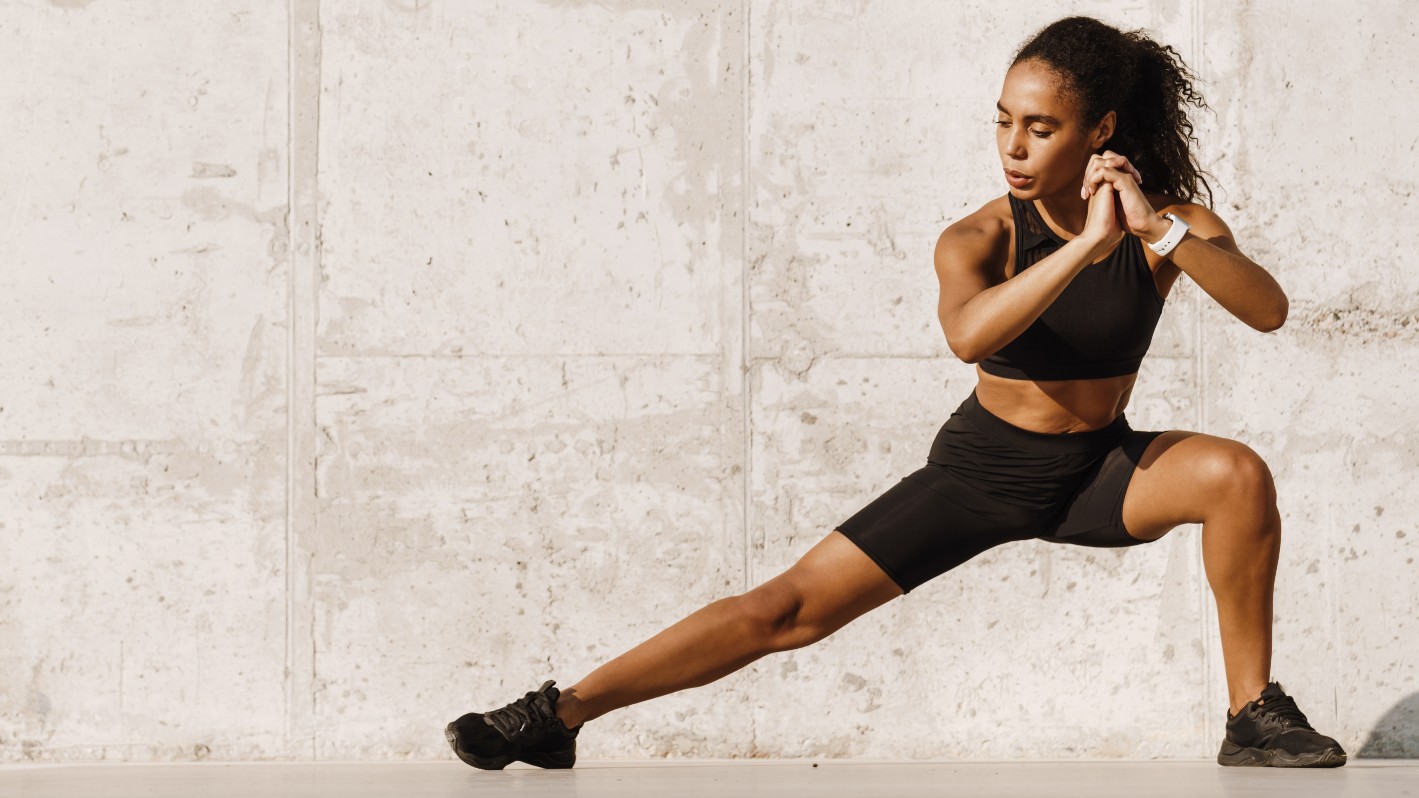
Training in the gym with your body weight means there’s nowhere to hide, and calisthenics catches many people out for this reason. Trust us, the lack of equipment doesn’t reduce intensity. But you can scale up calisthenics to more than push-ups, pull-ups, or squats — calisthenics can cover gymnastics, animal flow and popular CrossFit skills like muscle-ups or handstands.
5 calisthenics exercises to sculpt shoulder definition without weights
Give these five calisthenics exercises a try. Program for 3-4 sets and 8-12 reps, scaling to your ability with our tips below. Rest for 30-60 seconds between sets.
If you’re a beginner or returning to exercise, check with a qualified medical professional before starting a new exercise regime. Although hiring a personal trainer is costly, they can keep you in check with your form.
1. Hanging leg raise
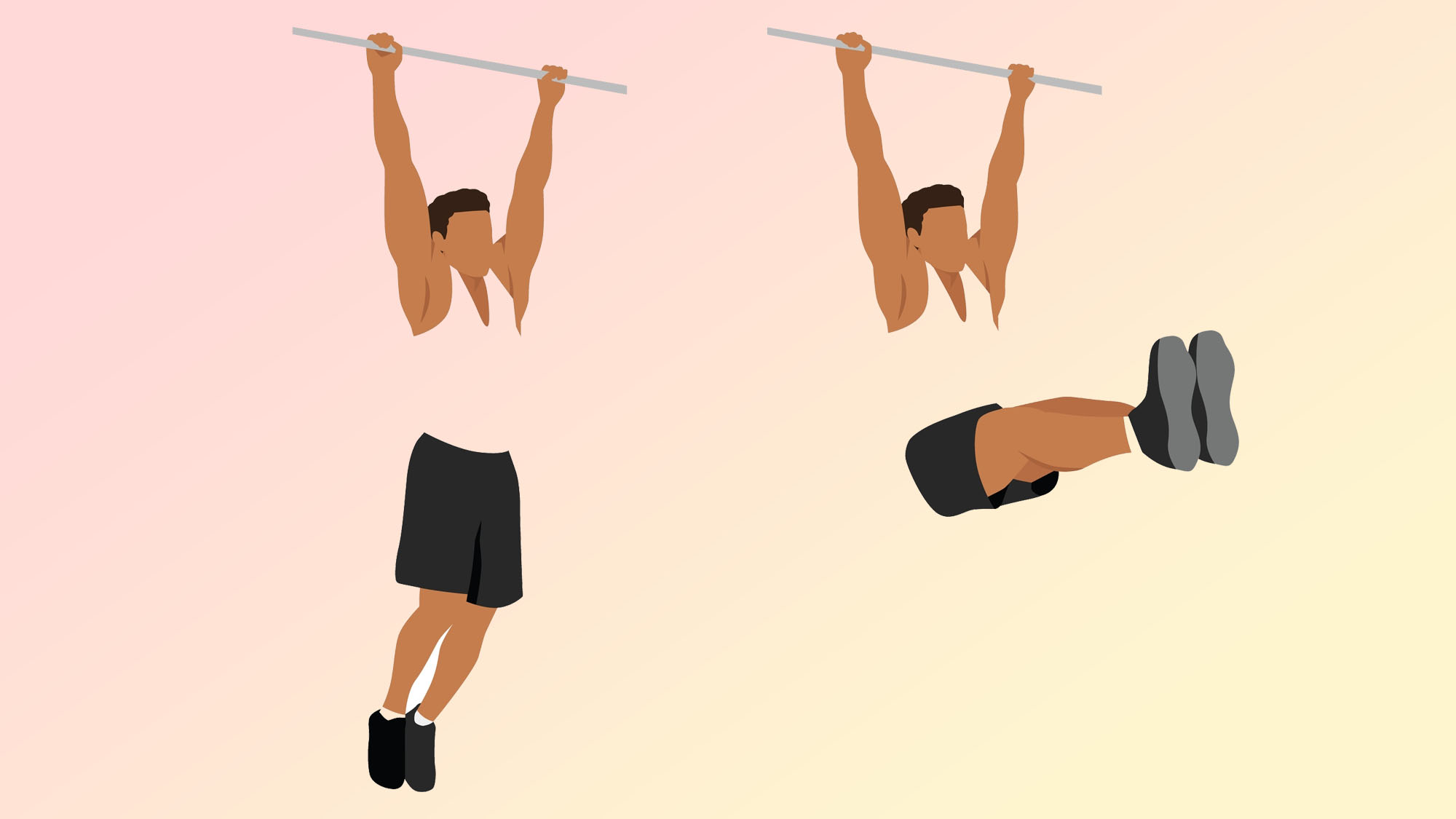
Hanging leg raises target your abs, hip flexors and lats and develop shoulder and grip strength using isometric contraction (without flexing or extending your arms). As you draw your legs toward your chest, you’ll also improve hamstring flexibility.
Get instant access to breaking news, the hottest reviews, great deals and helpful tips.
How:
- Stand underneath a pull-up bar and grip slightly wider than shoulder-width apart.
- Wrap your thumbs around the bar and extend your arms.
- Tuck your pelvis toward your spine and squeeze your stomach muscles.
- Hang from the bar with legs extended. On your exhale, draw your legs toward your chest.
- Pause, then lower your legs to the starting position.
As a progression, instead of drawing your knees toward your chest, drive your toes toward the bar above (see the video below for a quick tutorial). The toes-to-bar gymnastics move should only be used as a progression if you already have hanging leg raises in the bank.
2. Handstand push-up
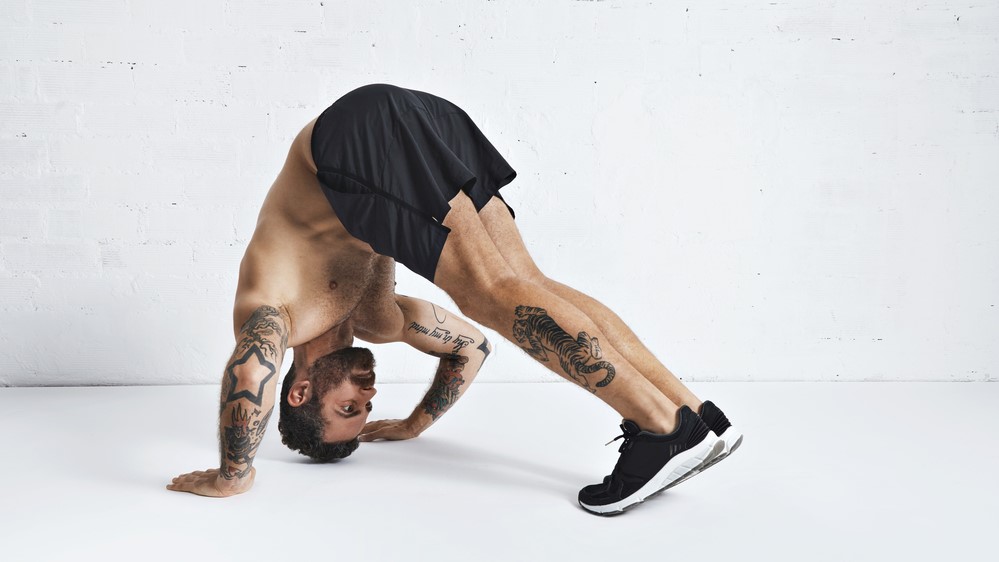
There are several ways to approach the exercise, so fear not, you don't have to go fully upside down. We’ll start with the bridging variation. The move is like an upside-down shoulder press, but you can progress to a push-up from a full handstand position. Here’s how.
How:
- Start in a pike push-up position similar to a downward-facing dog.
- Lift your hips high and raise onto your tiptoes.
- Keep your arms and legs as straight as possible, and engage your core and shoulders.
- Bend your elbows until the top of your head touches the floor beneath you, slightly ahead of your fingers.
- Avoid flaring your elbows and drive them backward.
- Push back up to the starting position.
The move loads the upper body, including your anterior deltoids, triceps, pecs and core muscles. To progress the exercise, start in a handstand position (here’s how to learn handstands) unsupported or with your body resting against a wall. Create a straight line from head to toe with a tight core and without arching your lower back. From here, follow the same steps above to lower your head to the floor, then push up to handstand.
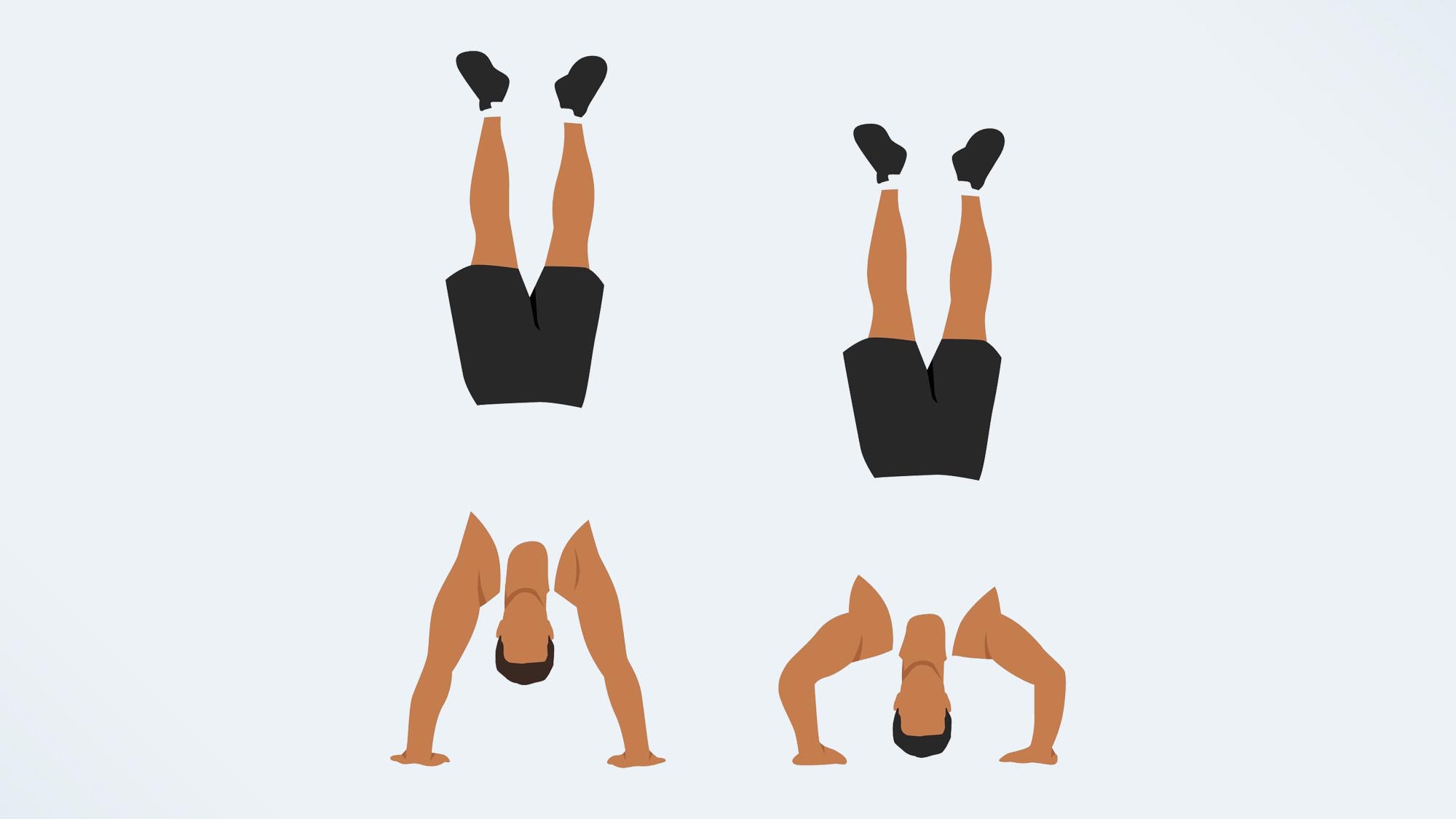
3. Bench dip
Bench dips hit your triceps, pecs and shoulders. You can use a bench, two bars, or kettlebells to do them. Here’s more on how to do triceps dips with proper form.
How:
- Rest your hands on a box, bench, or two weights with fingers pointed toward your body and extend both legs away from you. Bend your knees to make it easier.
- Keep your back straight as you bend both elbows to lower your body toward the floor, pause, then push back up to the starting position.
To progress the exercise, stand between two bars (think of the ones you see in your local park) and grip them on either side of you. Jump up and extend your arms, lock your shoulders and arms in place and cross your ankles, then practice bending your elbows and lowering toward the floor, pushing back up to the starting position for one rep.
4. Decline push-up

If you have standard push-ups locked down, try a decline push-up progression. The move shifts even more emphasis into your upper body, torching the muscles.
How:
- Raise both legs onto a bench, box, or similar behind you and start in a push-up position.
- Stack your shoulders over your wrists and engage your core. Keep your hips aligned with your shoulders.
- Bend your elbows, lower your chest toward the floor and pause.
- Push up to the starting position.
To progress the exercise, play around with hand positioning. A narrow stance hits the triceps harder, and a wider stance emphasizes the chest.
5. Inverted row
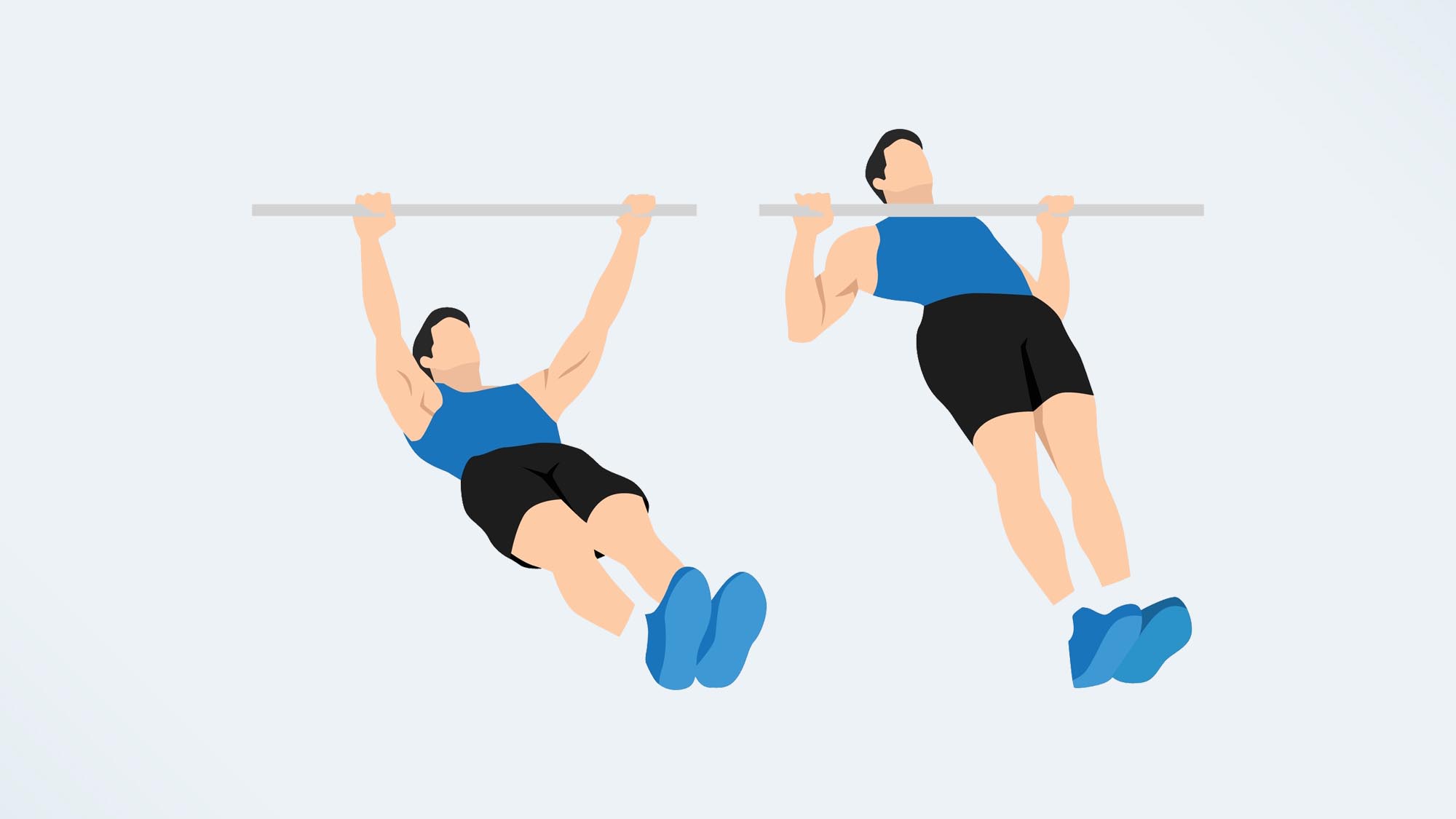
Use a stable bar for the inverted row and rack the barbell low to the ground at thigh height, then lay underneath it. The move hits the back muscles, biceps and posterior deltoids.
How:
- Start with your chest aligned with the bar and grip the bar overhand with your thumbs wrapped.
- Extend your arms and keep them shoulder-width apart, then engage your core.
- Bend your knees for an easier variation, or extend them away from you to make the move harder.
- Pull your chest toward the bar and squeeze your shoulder blades together.
- Pause, keeping a straight line from head to toe, then lower to the starting position.
You can play around with tempo, slowing the exercise down to work the muscles harder if you desire — this is called the time under tension technique, and it works wonders for any (and all) calisthenics exercises.
Benefits of the upper-body calisthenics exercises
The best upper-body calisthenics exercises target a combination of the three shoulder heads — the anterior, lateral and posterior deltoids — triceps, biceps, pectorals and various back muscles like the latissimus dorsi (the large muscles that run down the sides of your back), rhomboids, trapezius (upper, mid and lower) and rotator cuffs (the shoulder stabilizers) to varying degrees.
Bodyweight exercise taps into two key areas of fitness: functional training and compound exercise. That means you’ll move naturally (think pushing and pulling) and target multiple muscle groups at the same time.
Calisthenics training is super versatile and suitable for anyone at any stage of their fitness journey. In fact, we recommend anyone who can learn to push and pull their body weight before progressing to weightlifting.
And the research backs bodyweight training, too. The Journal of Strength and Conditioning found a significant increase in upper body strength in subjects who engaged in push-up training versus the bench press.
If you’re unsure how to start training calisthenics, always warm up with mobility exercises that target the relevant muscle groups first. Try to use dynamic exercises and save your static stretches after your workout. We also recommend practicing compound contraction, which means contracting as many muscles as possible as you move — controlling muscle activation improves the neuromuscular system and could improve balance and coordination.

Sam Hopes is a level 3 qualified trainer, a level 2 Reiki practitioner and fitness editor at Tom's Guide. She is also currently undertaking her Yoga For Athletes training course.
Sam has written for various fitness brands and websites over the years and has experience across brands at Future, such as Live Science, Fit&Well, Coach, and T3.
Having coached at fitness studios like F45 and Virgin Active and personal trained, Sam now primarily teaches outdoor bootcamps, bodyweight, calisthenics and kettlebells.
She also coaches mobility and flexibility classes several times a week and believes that true strength comes from a holistic approach to training your body.
Sam has completed two mixed doubles Hyrox competitions in London and the Netherlands and finished her first doubles attempt in 1:11.

